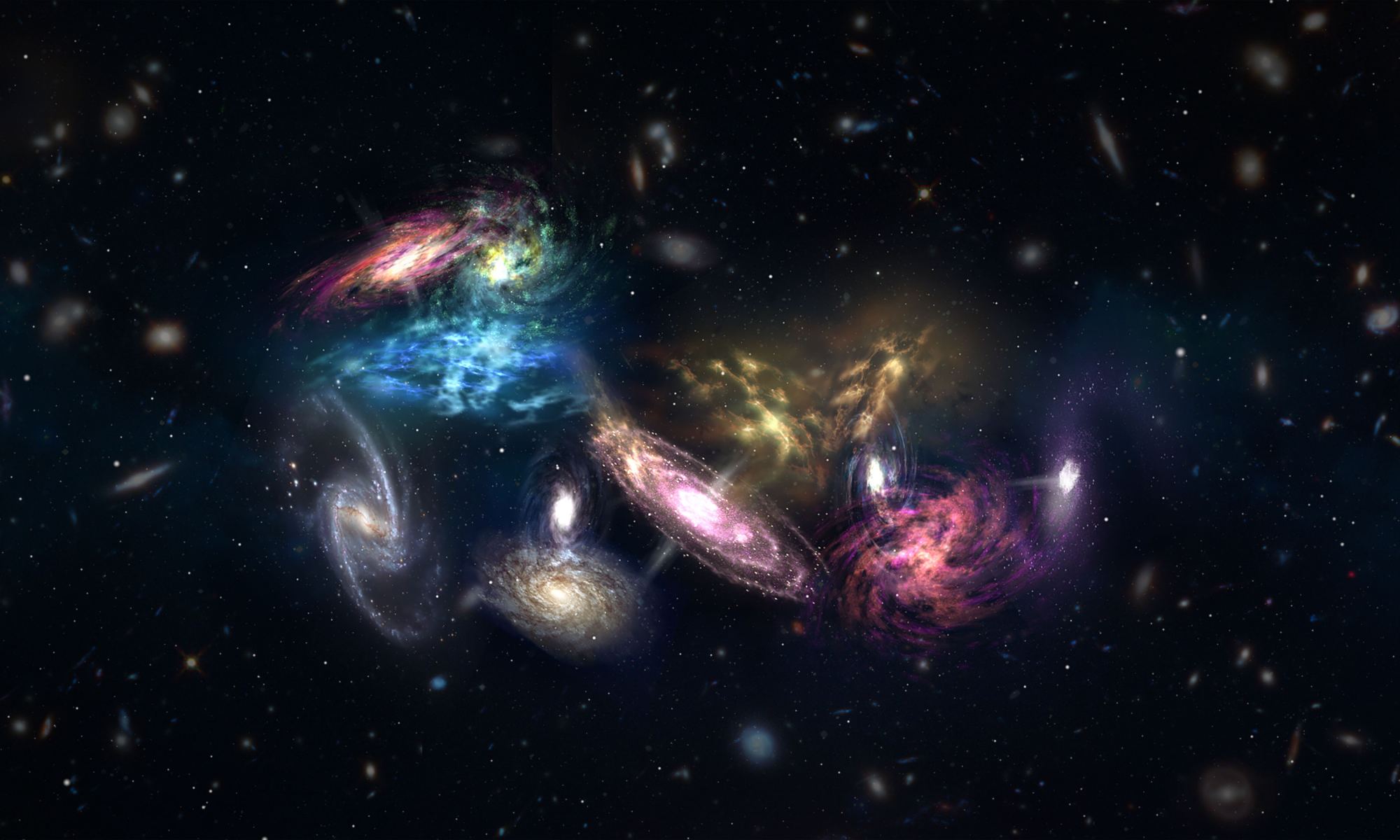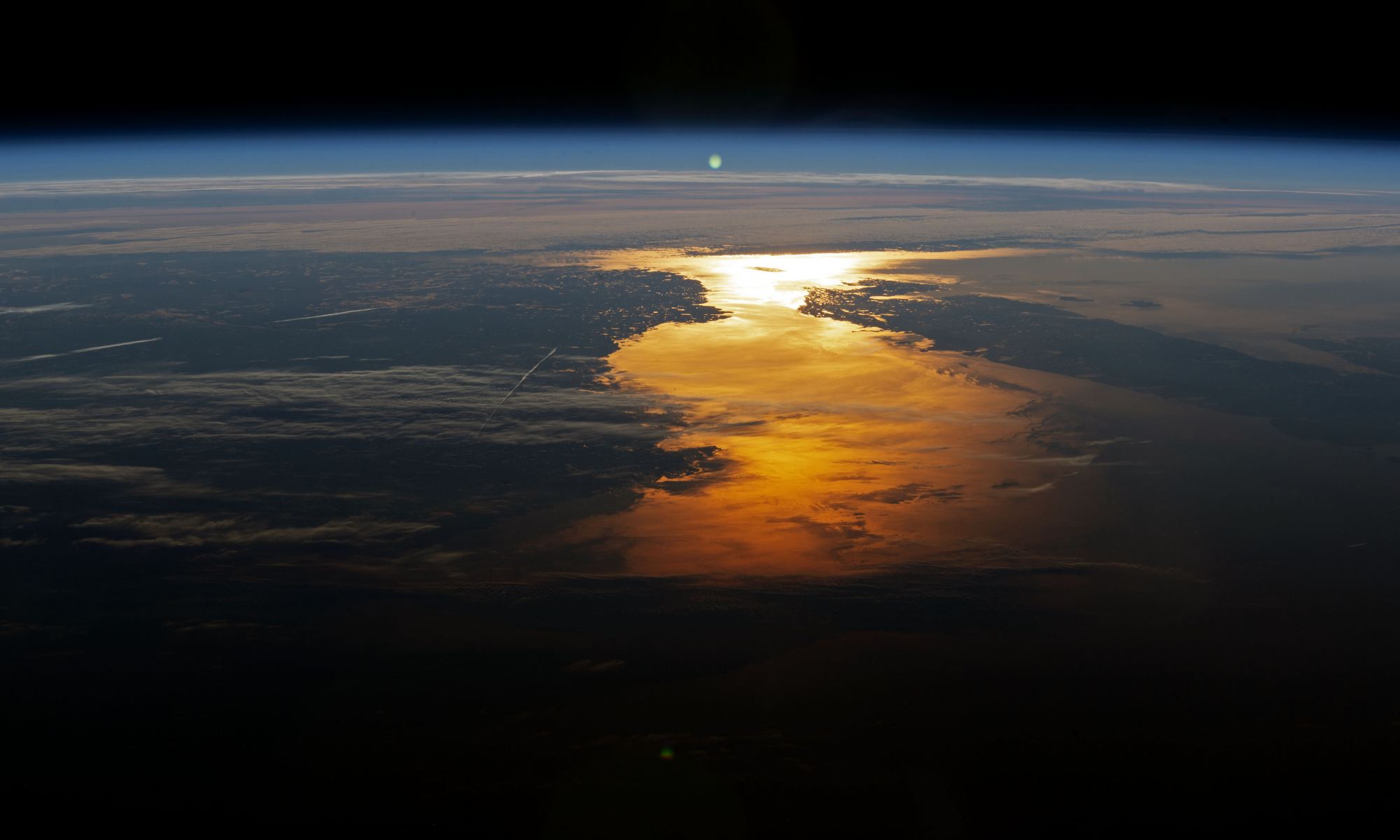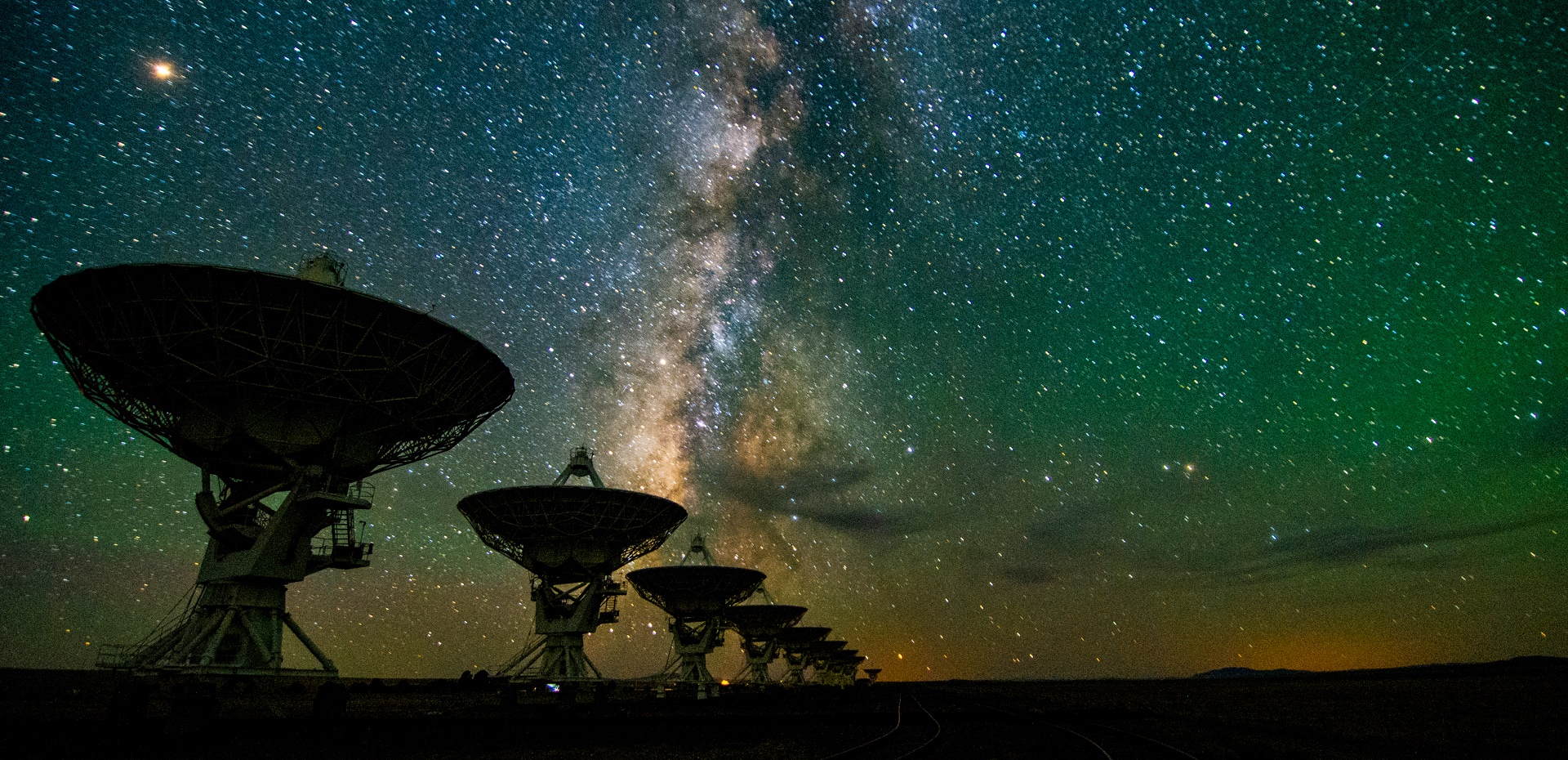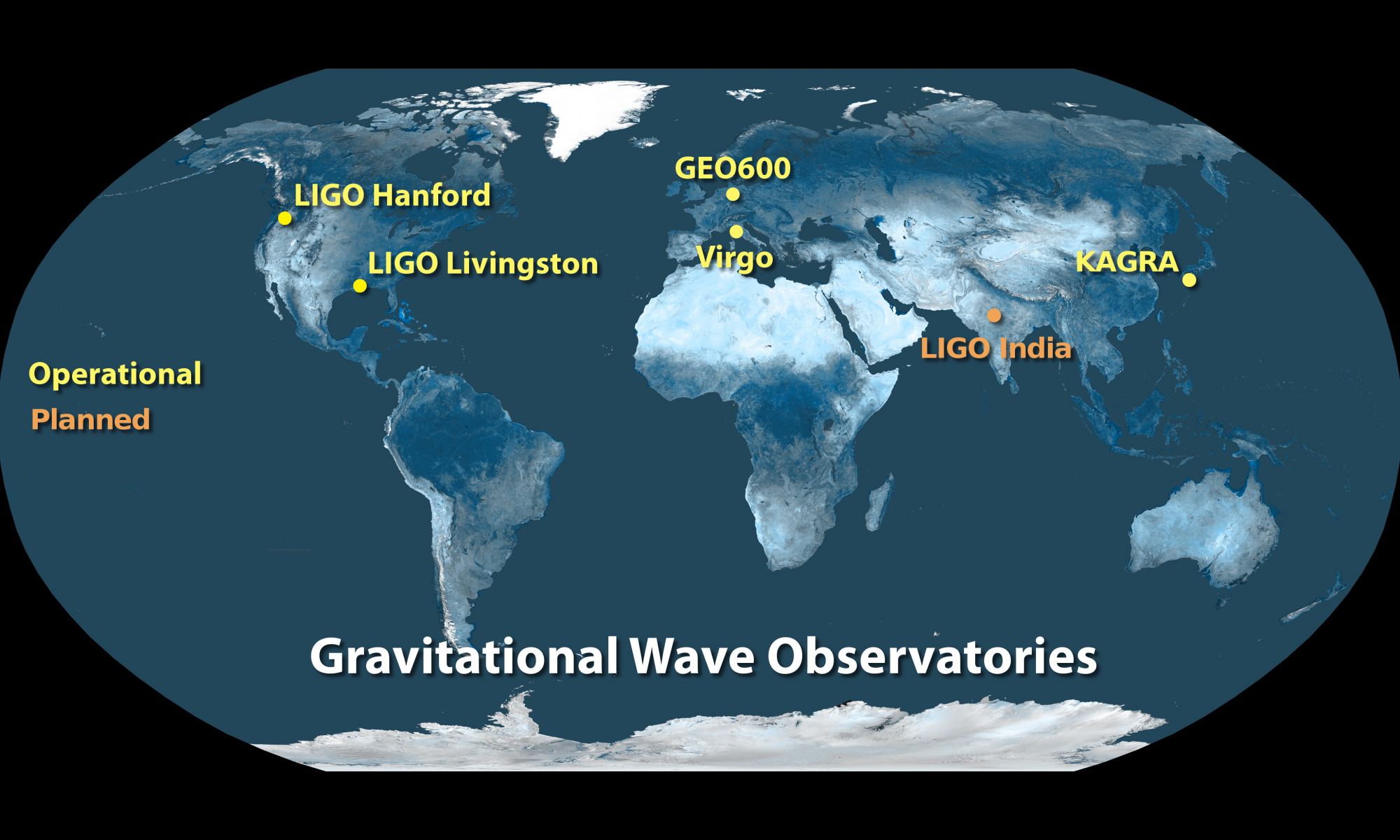We have built telescopes in our backyards, and high upon remote mountains, and even launched telescopes into space. With each advancement in our technology, we have made amazing and surprising new discoveries about the Universe. So what should our next advance in observatories be? Based on a new paper on the arXiv, a good choice would be the lunar surface.
Continue reading “Should the Next Big Observatories Be Built on the Moon?”The Most Distant Galactic Field Lines Ever Seen
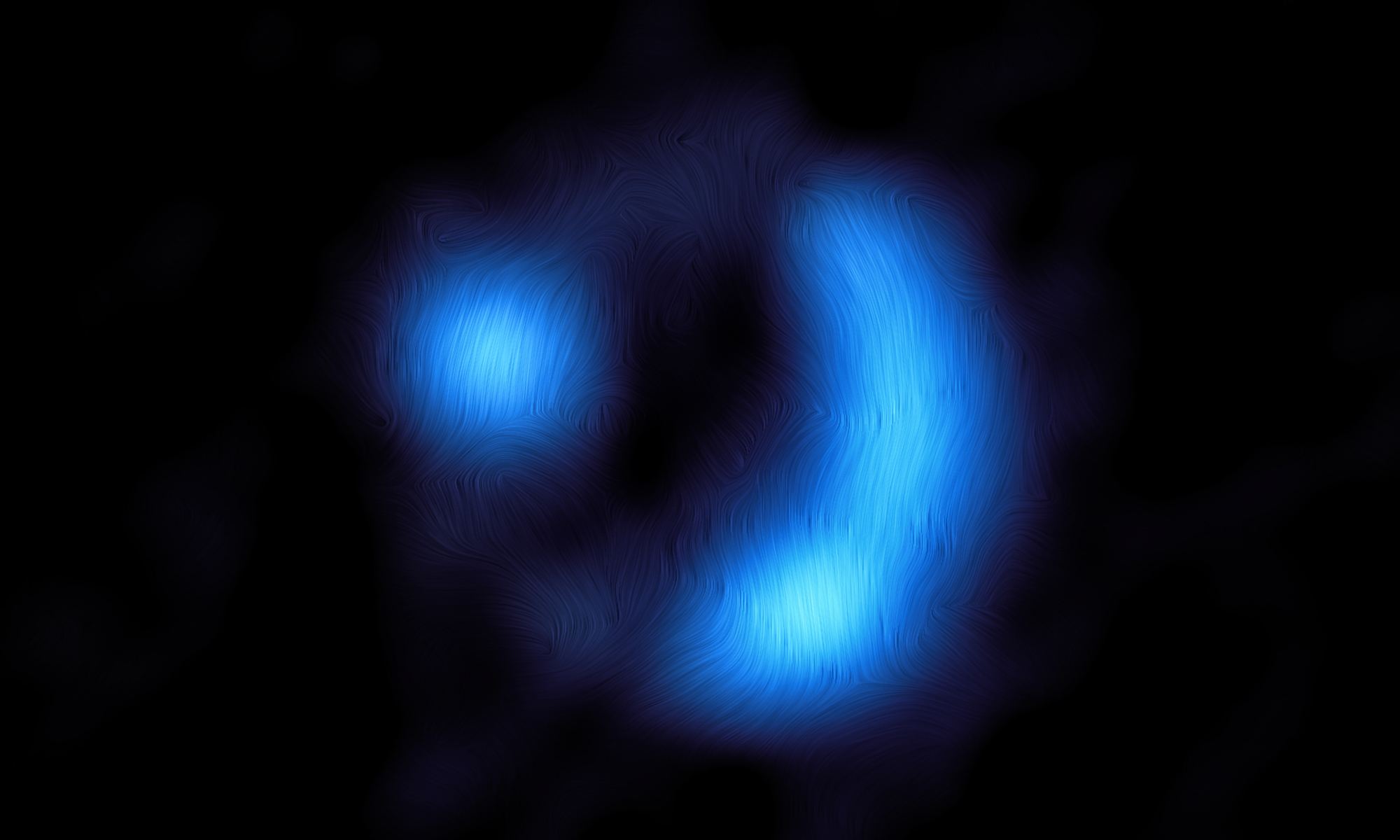
The galaxies in our local Universe all have magnetic fields. Galactic magnetic fields can be generated by ionized gas within a galaxy, and these same magnetic fields affect the evolution of galaxies. But while modern galaxies have magnetic fields, did early ones? Astronomers are still trying to understand how galactic magnetic fields arise in young galaxies, but this can be a challenge without observational data. Now a team using data from the Atacama Large Millimeter/submillimeter Array (ALMA) has observed the magnetic field of a galaxy when the Universe was just 2.5 billion years old. The galaxy is known as 9io9. It takes 11 billion years for its light to reach us, making it the most distant galaxy for which we have observed a magnetic field.
Continue reading “The Most Distant Galactic Field Lines Ever Seen”Humanity Will Out-Communicate all Life on Earth Within 90 Years
Life on Earth is a glorious dance of data. From the songs of backyard birds to the chemical exchanges of forest trees, the exchange of information between living things is an essential part of its existence and evolution. Humans, too, are a part of that dance, with friendship chats over morning coffee, bold headlines in newspapers, and TikTok videos of teenagers. Right now human data is just one part of Earth’s living data exchange, but it could soon become the overwhelming dominant part. If the same is true for all advanced civilizations, it could impact our search for alien life.
Continue reading “Humanity Will Out-Communicate all Life on Earth Within 90 Years”A New Telescope Could Detect Decaying Dark Matter in the Early Universe
Hydrogen is the most abundant element in the Universe. By far. More than 90% of the atoms in the Universe are hydrogen. Ten times the number of helium atoms, and a hundred times more than all other elements combined. It’s everywhere, from the water in our oceans to the earliest regions of the Cosmic Dawn. Fortunately for astronomers, all this neutral hydrogen can emit a faint emission line of radio light.
Continue reading “A New Telescope Could Detect Decaying Dark Matter in the Early Universe”It's Going to Take More Than Early Dark Energy to Resolve the Hubble Tension
Our best understanding of the Universe is rooted in a cosmological model known as LCDM. The CDM stands for Cold Dark Matter, where most of the matter in the universe isn’t stars and planets, but a strange form of matter that is dark and nearly invisible. The L, or Lambda, represents dark energy. It is the symbol used in the equations of general relativity to describe the Hubble parameter, or the rate of cosmic expansion. Although the LCDM model matches our observations incredibly well, it isn’t perfect. And the more data we gather on the early Universe, the less perfect it seems to be.
Continue reading “It's Going to Take More Than Early Dark Energy to Resolve the Hubble Tension”The Closest Supernova Seen in the Modern Era, Examined by JWST
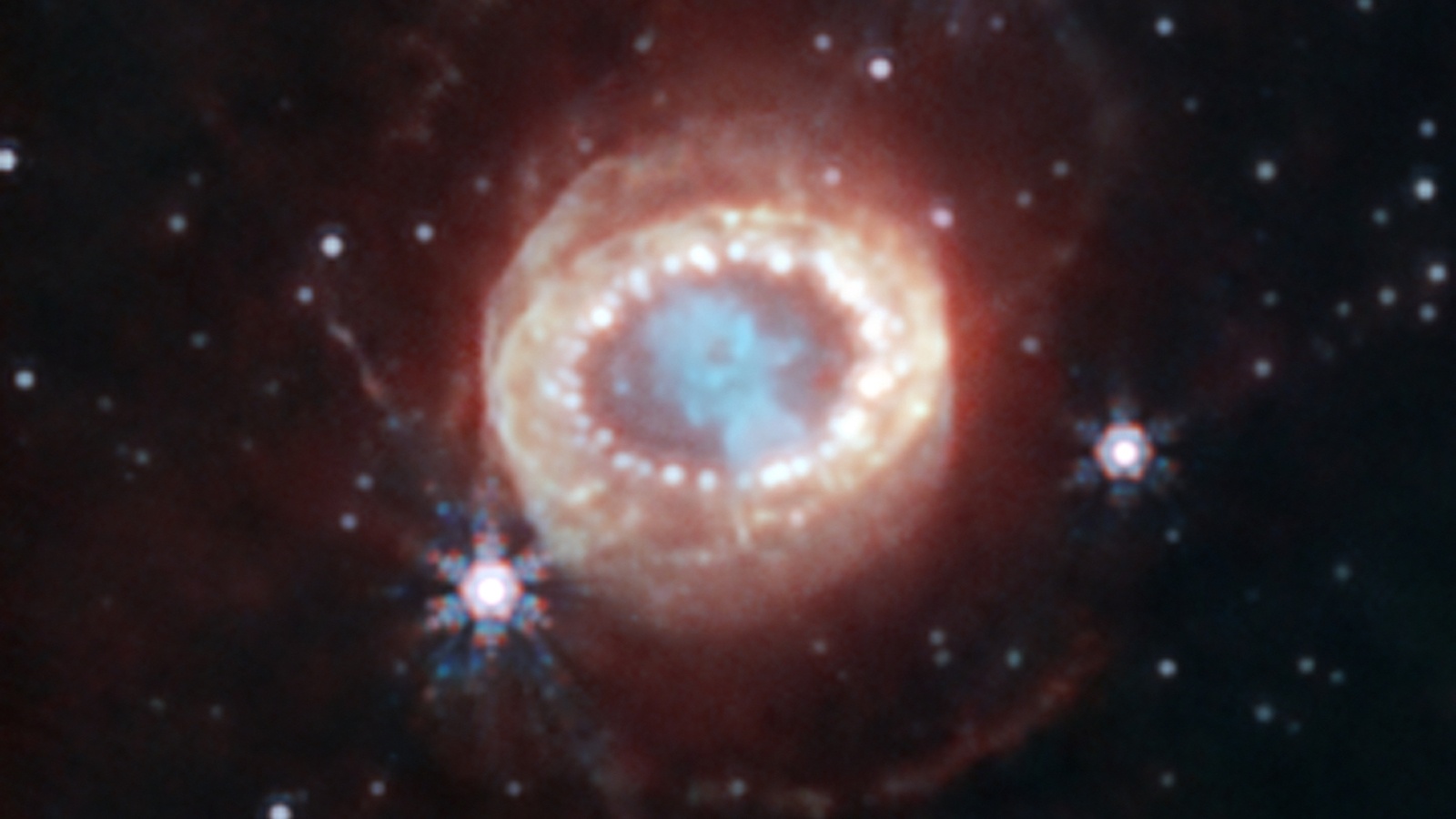
In November of 1572, Tycho Brahe noticed a new star in the constellation Cassiopeia. It was the first supernova to be observed in detail by Western astronomers and became known as Tycho’s Supernova. Earlier supernovae had been observed by Chinese and Japanese astronomers, but Tycho’s observations demonstrated to the Catholic world that the stars were not constant and unchanging as Aristotle presumed. Just three decades later, in 1604, Johannes Kepler watched a supernova in the constellation Ophiuchus brighten and fade. There have been no observed supernovae in the Milky Way since then.
Continue reading “The Closest Supernova Seen in the Modern Era, Examined by JWST”Astronomers are Hoping the Event Horizon Telescope saw Pulsars Near the Milky Way's Supermassive Black Hole

Millisecond pulsars are amazing astronomical tools. They are fast-rotating neutron stars that sweep beams of radio energy from their magnetic poles, and when they are aligned just right we see them as rapidly flashing radio beacons. They flash with such regularity that we can treat them as cosmic clocks. Any change in their motion can be measured with extreme precision. Astronomers have used millisecond pulsars to measure their orbital decay due to gravitational waves and to observe the background gravitational rumblings of the universe. They have even been proposed as a method of celestial navigation. They may soon also be able to test the most fundamental nature of gravity.
Continue reading “Astronomers are Hoping the Event Horizon Telescope saw Pulsars Near the Milky Way's Supermassive Black Hole”If Earth Was an Exoplanet, JWST Would Know There's an Intelligent Civilization Here
Yesterday I presented a rather pessimistic view about our chances of finding evidence of alien civilizations. That work focused on detecting physical structures on an alien planet, which would take an optical telescope array the size of Saturn’s orbit. Today I’ll talk about a more optimistic view, one which focuses not on physical structures, but the fingerprint of molecules in an alien atmosphere. It’s a task that is not only much easier, it’s something we could do now using the James Webb Space Telescope (JWST).
Continue reading “If Earth Was an Exoplanet, JWST Would Know There's an Intelligent Civilization Here”Do Advanced Civilizations Know We're Here?
Adrift in a great sea of stars, we must surely not be alone.
It’s hard not to look at the night sky and think about the possibility of other civilizations out there. From the philosophical speculations of Giordano Bruno to the statistical estimations of Frank Drake, the more we’ve learned about the universe, the more likely alien life seems to be. And yet, in our search for this life, we have heard nothing but silence.
Continue reading “Do Advanced Civilizations Know We're Here?”It's Time for a Gravitational Wave Observatory in the Southern Hemisphere
What’s true for optical astronomy is also true for gravitational wave astronomy: the more observatories you have, the better your view of the sky. This is why the list of active gravitational wave observatories is growing. But so far they are all in the Northern Hemisphere. As a recent article on the arXiv points out, that means we are missing out on a good number of gravitational events.
Continue reading “It's Time for a Gravitational Wave Observatory in the Southern Hemisphere”



